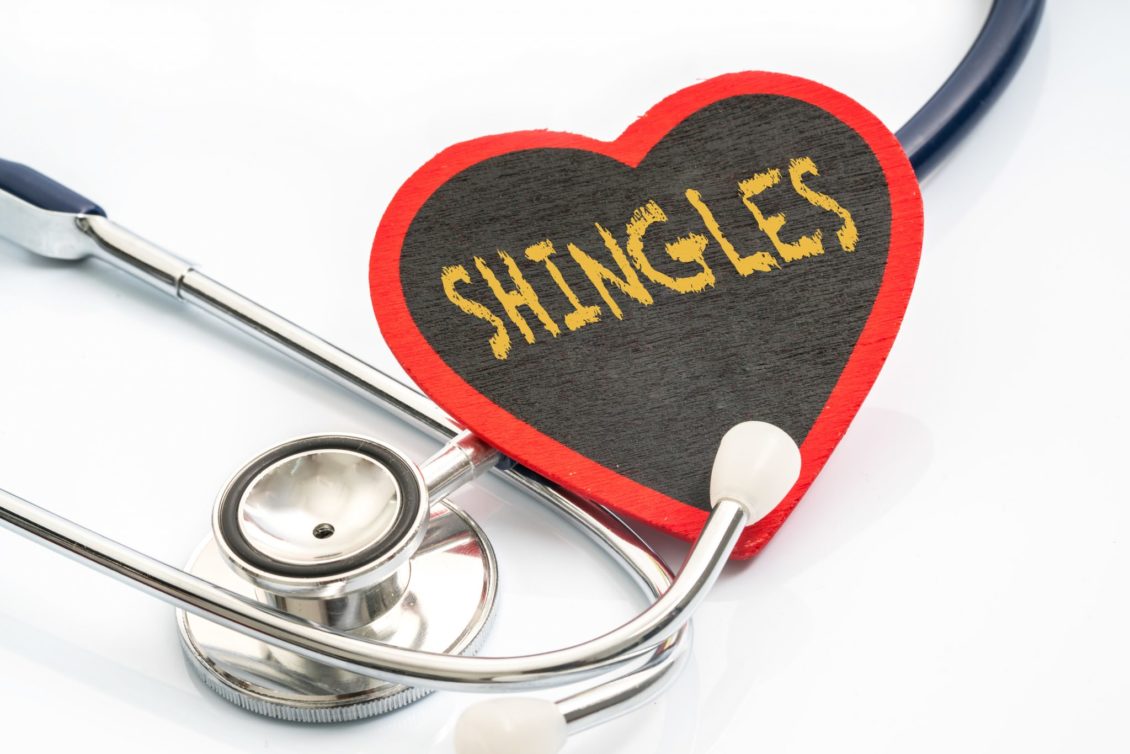If you’re 50 or older, the Centers for Disease Control (CDC) recommends getting the new Shingrix vaccine against shingles, even if you’ve already been vaccinated against this disease. Shingrix is more than 90% effective for the prevention of shingles, a disease that strikes one million Americans a year, causing a blistering skin rash that can lead to chronic nerve pain. Getting immunized also has another important benefit that may surprise you: lower risk for stroke.
Why does a shingles shot help people avoid a stroke? Here’s a closer look at Shingrix and why the CDC and the BaleDoneen Method now recommend it for people ages 50 and up.
What causes shingles and who is at risk?
Also known as herpes zoster, shingles is caused by a reactivation of the varicella zoster virus (VZV) that causes chickenpox. The main risk factor is being over 50, which is why immunization is advised for this age group. More than 99% of adults over the age of 50 have VZV dormant in their nervous system. The risk that the virus will reactivate escalates with advancing age. Without immunization, one in three Americans will develop shingles over a lifetime. After age 85, the risk is one in two.
How serious is shingles?
Initial symptoms of shingles include extreme pain and sensitivity, with sensations ranging from intense itching to burning, stabbing or a deep, shooting “lightning bolt” pain, sometimes accompanied by fever, chills and headache. This is followed by an itchy, blistering rash, usually on one side of the body, lasting from two to four weeks. In some cases, shingles can affect the eyes, leading to debilitating pain, inflammation and even blindness. About 18% of shingles patients develop postherpetic neuralgia (PHN), a chronic, often severe nerve pain that lasts months or even years.
What’s the link between shingles and stroke?
In two recent large studies, people who developed shingles were up to 4.5 times more likely to suffer a subsequent stroke, highlighting the value of immunization against the virus that causes this disease. That’s because any viral or bacterial infection sparks inflammation, and for people with cardiovascular disease (CVD), that could cause plaque in the arteries to become inflamed and rupture, much like a volcano spewing molten lava. The body’s defense to this injury is to form a clot, which can trigger a stroke if it blocks the flow of blood to the brain.
Why do people who are already immunized against shingles need the new vaccine?
A CDC expert panel reports that Shingrix, made by GlaxoSmithKline, provides much greater protection than Zostavax, made by Merck. Therefore the panel recommends that anyone previously vaccinated with the one-dose Zostavax be revaccinated with Shingrix, which is given in two doses. Shingrix’s protection is maintained at a high level for at least four years, according to a recent peer-reviewed study. The new vaccine costs about $280.
What are the risks of Shingrix?
In randomized clinical trials comparing Shingrix to a placebo injection, the most common side effects of the vaccine were temporary pain, redness and swelling at the injection site, muscle pain, fatigue, headache, shivering, fever and upset stomach. Rates of serious events after injection were similar in those who received a placebo and those who received the vaccine, which does NOT contain a live virus.
What’s the BaleDoneen takeaway?
If you’re 50 or older, talk to your medical provider about being vaccinated. Not only can the new shot help you avoid a notoriously painful, vaccine-preventable disease, it’s an easy way to reduce your risk for stroke, the leading cause of serious, long-term disability. Someone in the U.S. has a stroke every 40 seconds, and every four minutes, an American dies from a stroke.
The good news, however, is that heart attacks and strokes are preventable. To find out if you have CVD, which typically develops silently over many years until it’s severe enough to cause a heart attack or stroke, get a comprehensive BaleDoneen Method assessment, which uses leading-edge lab and imaging tests to check for hidden signs of arterial disease. Early detection and treatment can save lives, hearts and brains! Also check out the BaleDoneen book, Beat the Heart Attack Gene, which presents a personalized prevention plan and the tools you need to partner with your healthcare provider to protect and optimize your arterial wellness.
